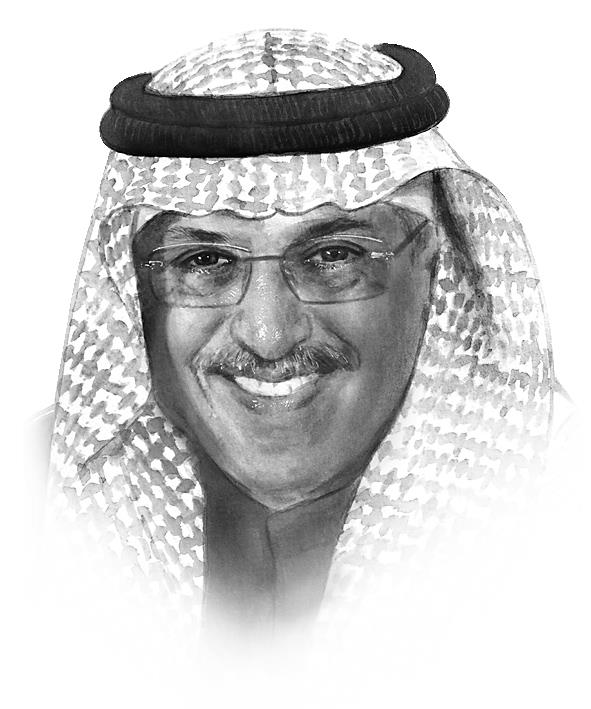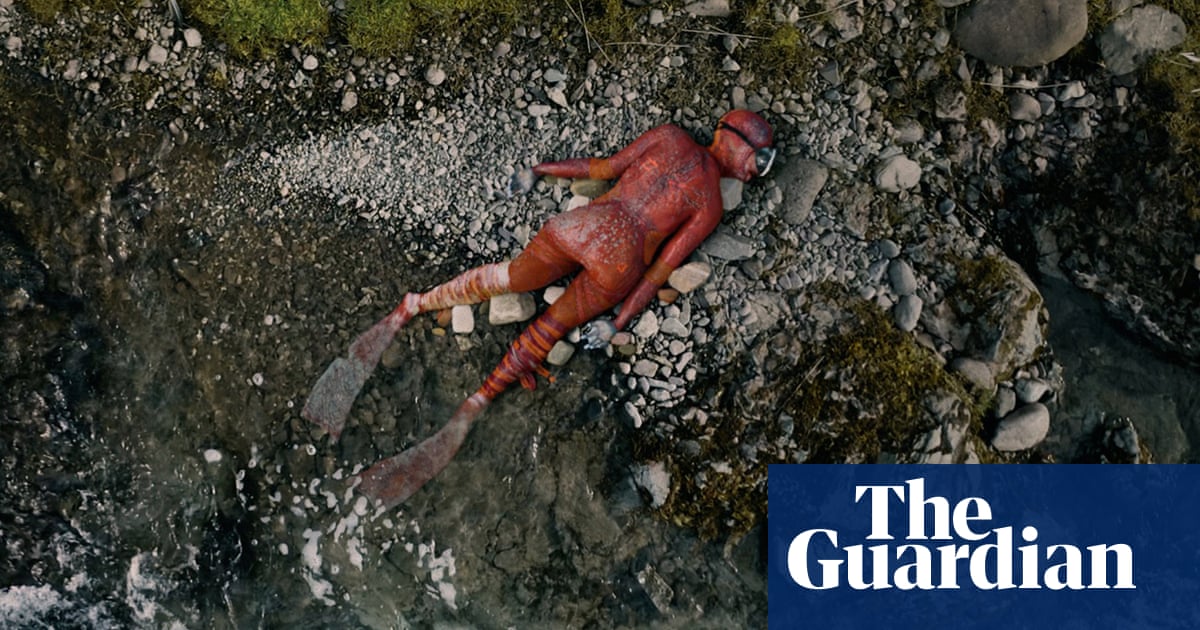
hey once roamed in huge herds across the grasslands of Europe, but a century ago, following mass killing for food and sport during the First World War, the European bison went extinct in the wild. Europe’s largest land mammal was only saved thanks to captive breeding, following which they were released back into the ancient forests of Eastern Europe.
Bison have since been reintroduced into several other European countries, and last week it was announced that the UK would be the latest of these. A small herd is to be released into Blean Woods near Canterbury in Kent, in a lottery-funded project led by the Kent Wildlife Trust and Wildwood Trust. These bison are the first to roam free in Britain for thousands of years.
These huge herbivores act as ‘ecosystem engineers’, restoring a natural balance to ancient woodlands by felling trees, eating bark and grazing, creating a more complex mosaic of habitats. This in turn creates opportunities for declining woodland specialists, such as the stag beetle and heath fritillary butterfly, to thrive.
The bison are only able to live in Britain because of human intervention – being an island means land species have no chance of recolonising otherwise. And they are far from the only species undergoing similar reintroduction trials.
Beavers, white storks, white-tailed eagles (already thriving in Scotland) and pine marten are all examples of species that have recently been reintroduced in small numbers in England.
Like bison, beavers also rapidly change the structure of their habitats, increasing biodiversity and enabling other species to thrive – earning them the nickname of ‘nature’s engineers’. As Benedict Macdonald, author of Rebirding, a practical manifesto for rewilding Britain, points out, “Whether we are talking about the willow tit, the ruff or the large copper butterfly, managed conservation has failed. If one species can bring these species back, it’s the beaver”.
In a very recent example of a successful reintroduction, last week the first of the white storks born to parents introduced into the Knepp estate in West Sussex last year fledged. It’s the first time the birds are believed to have successfully bred in Britain since 1416.
So what other species might be next?
Elk – the world’s largest deer species – were in Britain until roughly 4,000 years ago, and would thrive in semi-aquatic habitats such as the East Anglian Fens and Somerset Levels. They too help increase the complexity of their surroundings. However, like other deer species, if numbers are allowed to grow, elk can cause habitat destruction, and so might need to be periodically culled to maintain the right balance.
This brings us to the elephant in the room; or rather, the predators on the other side of the Channel. In continental Europe, numbers of herbivores such as elk and beaver are naturally kept in check by carnivores including the wolf, lynx and brown bear.
So far, any attempts to bring back these predators have been fiercely resisted, especially by landowning, shooting and farming interests. Yet wolves are now thriving in densely populated areas of the Netherlands, Belgium, France, Spain and Germany; while the Eurasian lynx can be found across a broad swathe of northern, eastern and central Europe.
Now might be just the time to press for more ambitious and large-scale reintroductions, especially of the lynx, which would keep deer numbers in check without the need for expensive culling. Fears that lynx might kill sheep have been proven to be largely unfounded; indeed, one study showed that because lynx also predate on foxes, the number of lambs killed would actually reduce.
Amid the growing uncertainty of what might happen to farm subsidies after Brexit, there is also a greater appreciation of the economic advantages these creatures can bring. Reintroducing species such as the beaver, bison and elk helps create a win-win situation, in which the proven ecological benefits are matched by greater wildlife tourism revenue and higher rural employment.
Most importantly, bringing back these creatures helps restore the natural equilibrium, according to Macdonald. “The great myth surrounding animals like beavers, boar and lynx is that they cause disruption and imbalance. In fact, the opposite is true: these are nature’s original conservationists.”
Another, often neglected, large herbivore is the horse. Back in the 1990s, the late Derek Moore – then chairman of the Suffolk Wildlife Trust – persuaded the pioneering Polish conservationist Marek Borkowski to bring over a herd of konik ponies to graze the trust’s wetland reserves. These sturdy animals were a huge success, and are now used throughout the UK. As Martin Fowlie of the RSPB points out, this can also save time and money, by replicating the expensive and time-consuming habitat management work that is normally carried out by staff and volunteers.
Bringing back these lost species is just one part of a complex and ambitious plan to restore Britain’s depleted wildlife, according to the Wildlife Trusts’ Chief Executive Craig Bennett.
“If we accept that our environment is in desperate trouble, which it is, then we must act now. Time is running out, so letting nature help us, rather than trying to reinvent the wheel, makes sense. That could mean the introduction of keystone species, apex predators, ecosystem engineers, and so on. Our aim is to see 30 per cent of this country’s land and sea dedicated to nature by 2030.”
It’s an ambitious plan, but one that – with some help from Europe’s most charismatic creatures – is nevertheless fully achievable. In Benedict Macdonald’s view, “The more cornerstone species we return, the greater the riot of birdsong and insects that will return to our lives; the chorus that we’ve been missing for far too long.”
Stephen Moss is an author and naturalist based in Somerset, and course leader of Bath Spa University’s MA Travel and Nature Writing.
The bison story will be featured on BBC Countryfile, on Sunday 12 July on BBC One.












